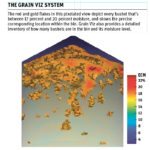BRANDON — The latest grain bin sensor technology uses radios mounted inside bin walls, broadcasting and receiving signals that translate into three-dimensional images of moisture conditions and potential problems within your bins. Grain bin sensors of various types have been available for decades, giving producers valuable information on heat and moisture conditions of the grain. […] Read more
Stories by Ron Lyseng
Anhydrous ammonia tanks get reprieve
Following months of uncertainty, Transport Canada has reached a compromise on anhydrous ammonia tanks for spring seeding. They get to roll on. The department will allow Fertilizer Canada and the Canadian Association of Agri-Retailers to operate the anhydrous ammonia nurse tank fleet this spring. The original ruling by Transport Canada would have required approximately 80 […] Read more
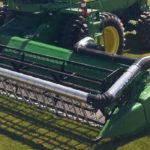
Airflow protects pulse pods from combine loss
BRANDON — Spending $15,000 on a combine accessory that can save you five bushels of beans per acre is a smart investment. And that’s not a lot of hot air, according to AWS Airbar rep Carmen Drost, who said the Airbar uses an airflow up to 320 km-h to blow beans and pulse crops up […] Read more
Rip those root-balls
BRANDON — Clearing bush for pasture allows a farmer to leave root- balls in the ground. However, root-balls have to go if the re-claimed bush is to be converted to cropland. If those trees are eight inches in diameter or smaller, Mike Notch can sell you a Notch Tree Puller that can rip them out […] Read more
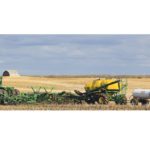
Anhydrous application in jeopardy this spring
It appears the federal government might have used regulations to freeze up to 80 percent of the NH3 nurse tanks in Canada for this spring. Approximately 20 percent of the cropped acres in Western Canada are fertilized with anhydrous ammonia, and most farmers and fertilizer dealers can’t make major operational changes in the remaining time […] Read more

Anhydrous application in jeopardy this spring
It appears the federal government might have used regulations to freeze up to 80 percent of the NH3 nurse tanks in Canada for this spring. Approximately 20 percent of the cropped acres in Western Canada are fertilized with anhydrous ammonia, and most farmers and fertilizer dealers can’t make major operational changes in the remaining time […] Read more
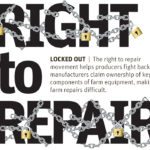
U.S. farmers fight for right to repair
Growers rebuff recent industry proposal to improve service as an attempt to derail right to repair legislation
Farmers buying a new implement face two technological hurdles. First, the electronics are nearly impossible to repair, and second, they may not have the legal right to try fixing it. To top it off, they may not even own the tractor for which they paid half a million dollars. Some manufacturers argue that they own […] Read more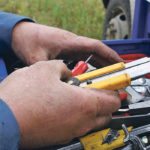
Tractor hacking new underground revolution
Many Midwest American farmers feel their sovereignty and sense of independence has been violated by the electronic lockups integral to new farm implements. Their fight for digital independence is part philosophical and part pragmatic. You can almost sense the atmosphere of the Boston Tea Party pulsing in their veins as farmers deal with losing their […] Read more
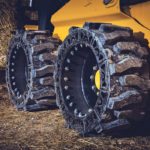
New tire technology for skid steer loaders
BRANDON — Solid rubber skid steer loader tires have been around since Cat introduced them in 2000. But now, the three key drawbacks seen previously — short lifespan, rough rides and poor traction — have been addressed by the latest tire technology. Evolution Wheel started from scratch when it designed the new RS series solid […] Read more
New radial for narrow applications
Kleber Tire, known in Europe for high quality farm machinery tires, is introducing a narrow radial for the North American market. The Kleber Cropker is designed for small- and medium-capacity, self-propelled sprayers, towed equipment and tractors. According to Kleber, the Cropker model is for crops or applications such as towed sprayers that require tires with […] Read more


